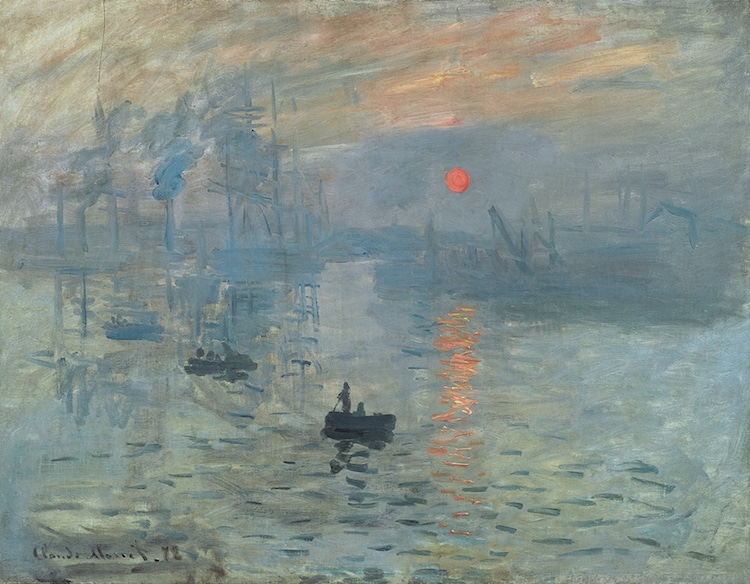No HFT here.
From The Economist's Prospero blog:
Market Maker For the Impressionists

“The Thames below Westminster”, by Claude Monet, 1871
Paul Durand-Ruel Making the Impressionists
PAUL DURAND-RUEL was a French art dealer who effectively made the market for Impressionist paintings. He was the first person to promote the artists; he supported them financially through the bad times; and he eventually found an audience that embraced their works as keenly as he did himself. "Without him," said Claude Monet, "we wouldn’t have survived." His is a heartening story of conviction, imagination and determination and a new exhibition at the National Gallery in London does it justice. While its plot is carried by texts on the wall, aided by a broadly chronological display and period photographs, the 85 works, nearly all of which Durand-Ruel dealt, act as a choir, singing the praises of a bold, risk-taking visionary.HT: Art Market Monitor
“Inventing Impressionism: Paul Durand-Ruel and the Modern Art Market” will almost certainly draw crowds. Paintings by Monet, Camille Pissarro, Pierre-August Renoir, Edouard Manet, Edgar Degas, Berthe Morisot and their artist friends are hugely popular with the public and chased by collectors. But in the early 1870s, when Durand-Ruel, the successful, art-dealing son of an art dealer, first fell for them, such works were reviled, practically unsellable. He scooped them up, buying some 12,000 Impressionist works in total, including 1,000 Monets and 1,500 Renoirs. He used other stock as collateral to raise the capital needed to pay these struggling artists monthly stipends, produce illustrated catalogues, engage the press, and stage what were at the time very unusual one-man shows. Durand-Ruel also opened branches of his gallery abroad, and it was the Americans who were the first to embrace Impressionism, helped perhaps by the efforts of Mary Cassatt, one of Durand-Ruel’s artists and a well-connected Philadelphian. Yet decades were to pass before his commitment was reflected in strong sales.
The show opens with a photograph of the Grand Salon in Durand-Ruel’s Paris apartment. The furnishings—gilded armchairs, crystal chandelier, curlicue mouldings—hark back to the 18th century. But every vertical surface is covered in contemporary, Impressionist art. Even the doors (which are part of the National's exhibition) have panels that were created by Monet in 1882. The explanation was not purely aesthetic: the room was an astute marketing tool offering evidence to those who asked to visit that one could live intimately, even joyously, with these works....MORE
The memory of that older post was triggered by this, from My Modern Met, July 19:
How This One Painting Sparked the Impressionist Movement

Claude Monet, “Impression Sunrise,” 1872 (Photo: Wikimedia Commons Public Domain)
....MUCH MORE, a first rate essay.Today, Impressionism remains one of the most popular and prevalent types of painting. Considered the catalyst of modern art, the Impressionist genre has played a pivotal role in art history, with its influence evident in a range of artistic practices.Having left such an important legacy, you may be wondering what could have set such a monumental movement in motion. Unlike most genres, which develop over time, Impressionism is believed to have to started in the 1870s with a single work: Impression, Sunrise, a light and airy landscape painting by none other than Claude Monet....